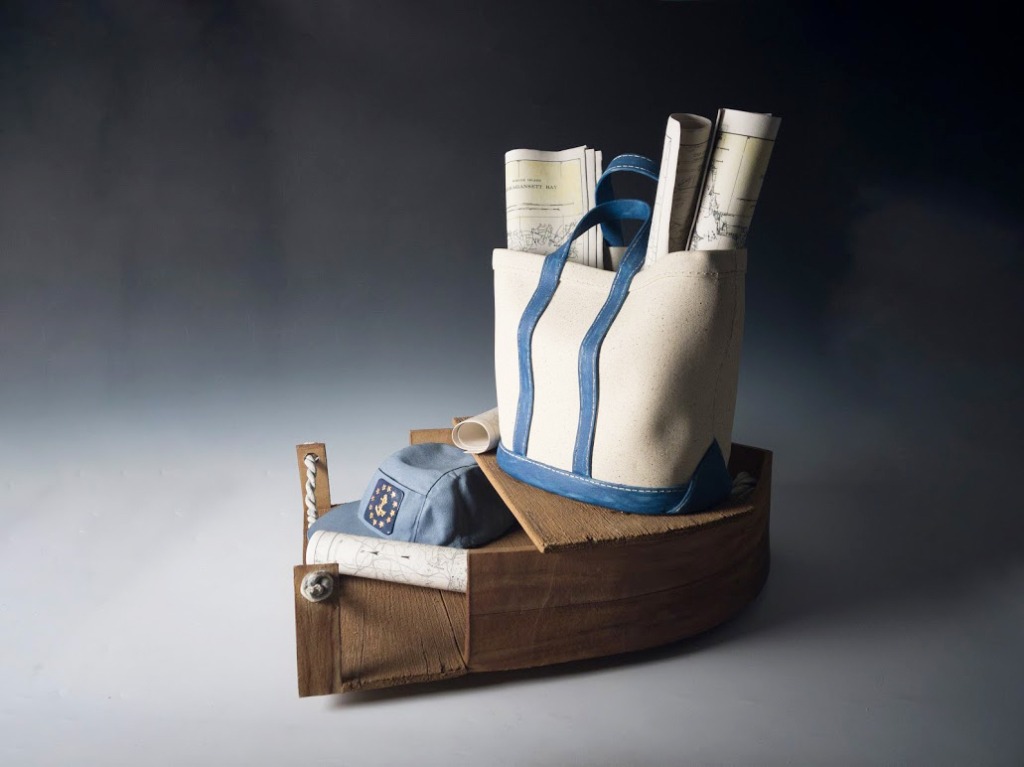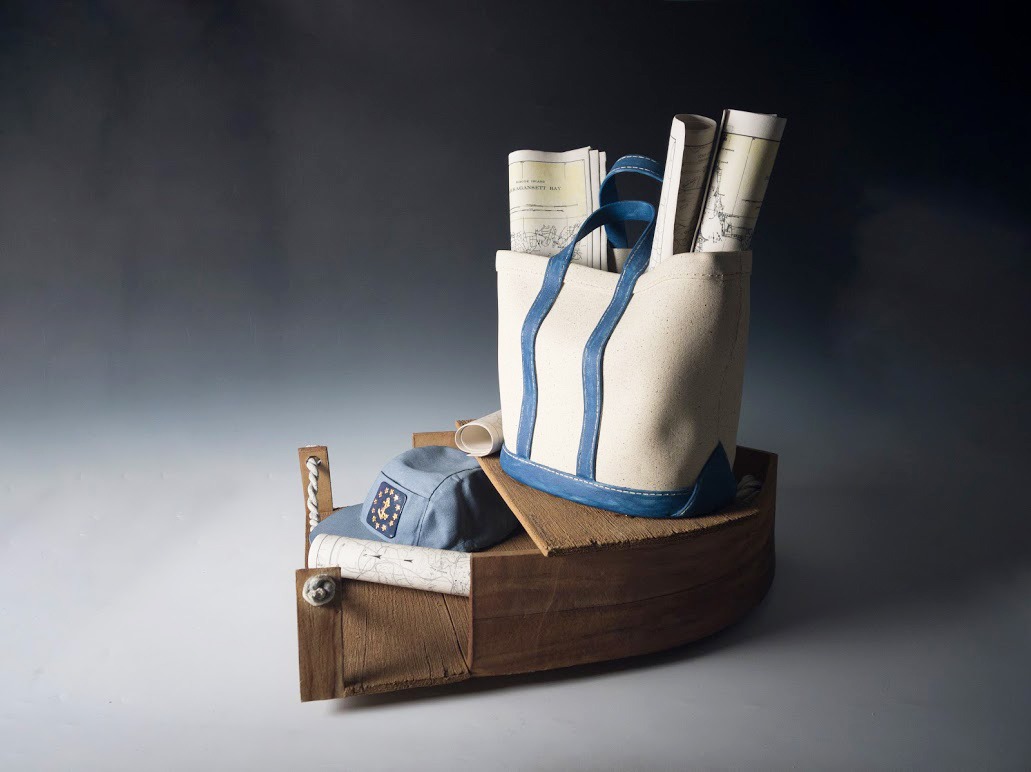
New Acquisitions: Trompe l’Oeil
Sylvia Hyman, Buzzards Bay, 2005. Porcelain, stoneware, glazes and decals.
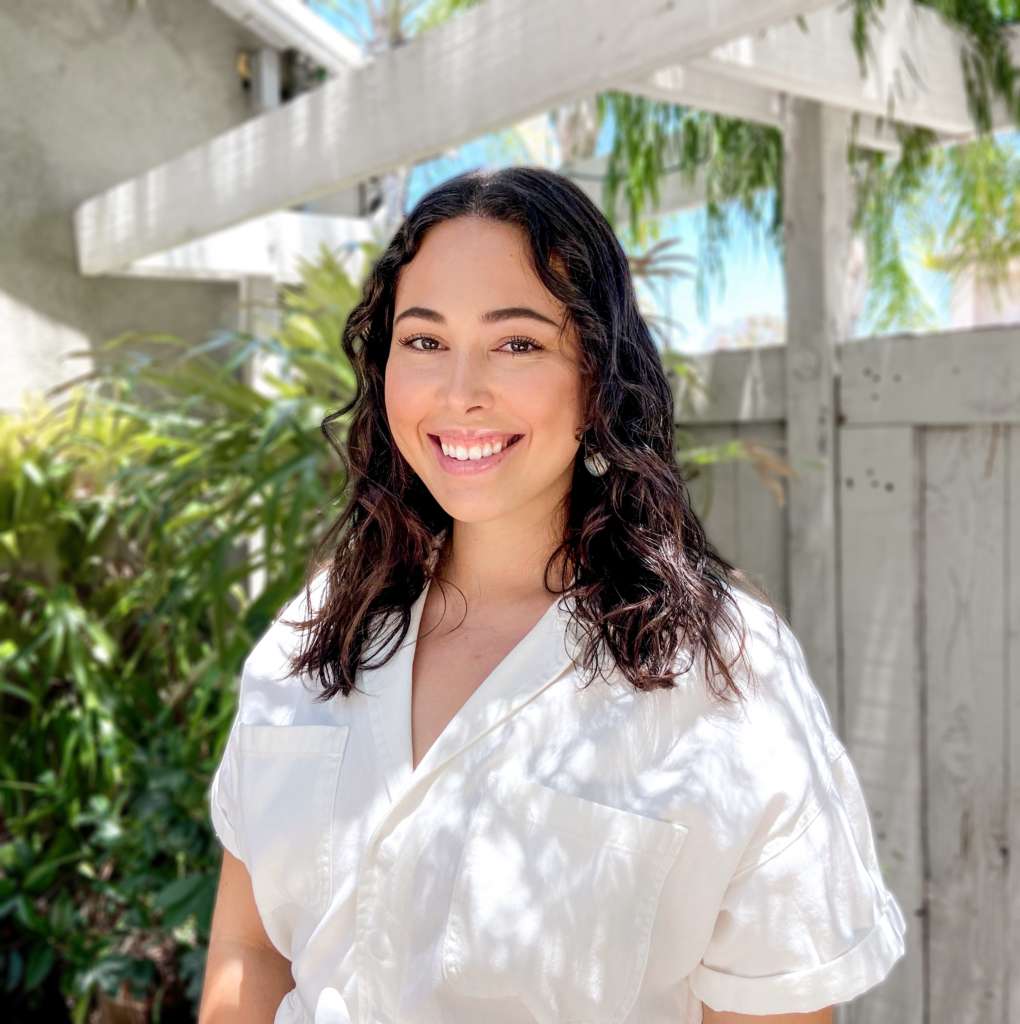
Hi! My name is Alyson, and I’m this year’s Getty Marrow Intern at AMOCA. I recently graduated from Chapman University with a BA in Art History and a minor in Anthropology.
Translated from French, trompe l’oeil is an artist technique meaning “to fool, mislead, or trick the eye.” The technique has been found in art dating back thousands of years, with some early examples being Pompeian wall paintings from the 2nd century B.C.E. These walls were painted in rich colors to mimic the appearance of exotic stone walls, and in later cases, to feign entryways into entirely different rooms. One of the purposes of this technique was to have the walls serve as wealthy conversational pieces while entertaining by momentarily tricking the viewer into believing that the painted objects were real.
For this same reason, trompe l’oeil was frequently utilized by artists of the Renaissance period, such as in the Camera degli Sposi (Bridal Chamber) in the Ducal Palace in Mantua, Italy, painted by Andrea Mantegna from 1465-1474. The room is particularly well known for its trompe l’oeil oculus, which gives viewers the illusion of looking up towards a blue sky, while cherubs come and go.
There are several great examples of trompe l’oeil ceramics in AMOCA’s current exhibition New Acquisitions from Julianne and David Armstrong. Hyperrealism is immensely fascinating to examine on paper and canvas, so it’s easy to imagine that the illusion is pushed that much further when completed in a three dimensional form. Creating the illusion of other objects in clay presents wonder, awe, and the question of how, especially when considering the limits and challenges of the material, its fragility in various states, and the unpredictable nature of glazes and firings.
Victor Spinski’s Box of Nails (2000), and Sylvia Hyman’s Buzzards Bay (2005), both show expert understanding and technical skill for creating trompe l’oeil works. With one nail placed outside of the box, the viewer is confused on if it can then be assumed that every nail in the box can also be individually handled. Spinski developed his own slip casting techniques, in order to mass produce objects as delicate and small scale as nails. Hyman’s Buzzards Bay (2005) is also a visual feat because of the wide representation of textures. The sculptural still life includes a canvas tote bag holding paper maps, a baseball hat with an anchor patch, and several more rolled up maps placed within a wooden, boat shaped structure. On the back side is a 2004 copy of the Eldridge Tide and Pilot Book. Like the nails in Spinski’s box, the viewer is inclined to reach out to touch, and use the objects represented.
Other new trompe l’oeil acquisitions include David Furman’s Spudnutz Goes Vegetarian (2000), and Margaret Keelan’s Girl with Goose (2007). Furman’s work uses humor and irony to express emotion, in this case he uses various fruits and vegetables to assemble a teapot. Keelan’s work works within a more emotional realm as well, but instead focuses on morality, innocence, beauty and childhood. The aged wooden finish on Girl with Goose is achieved by applying layers of stains and glazes between firing.
New Acquisitions from Julianne and David Armstrong is available free to view online.
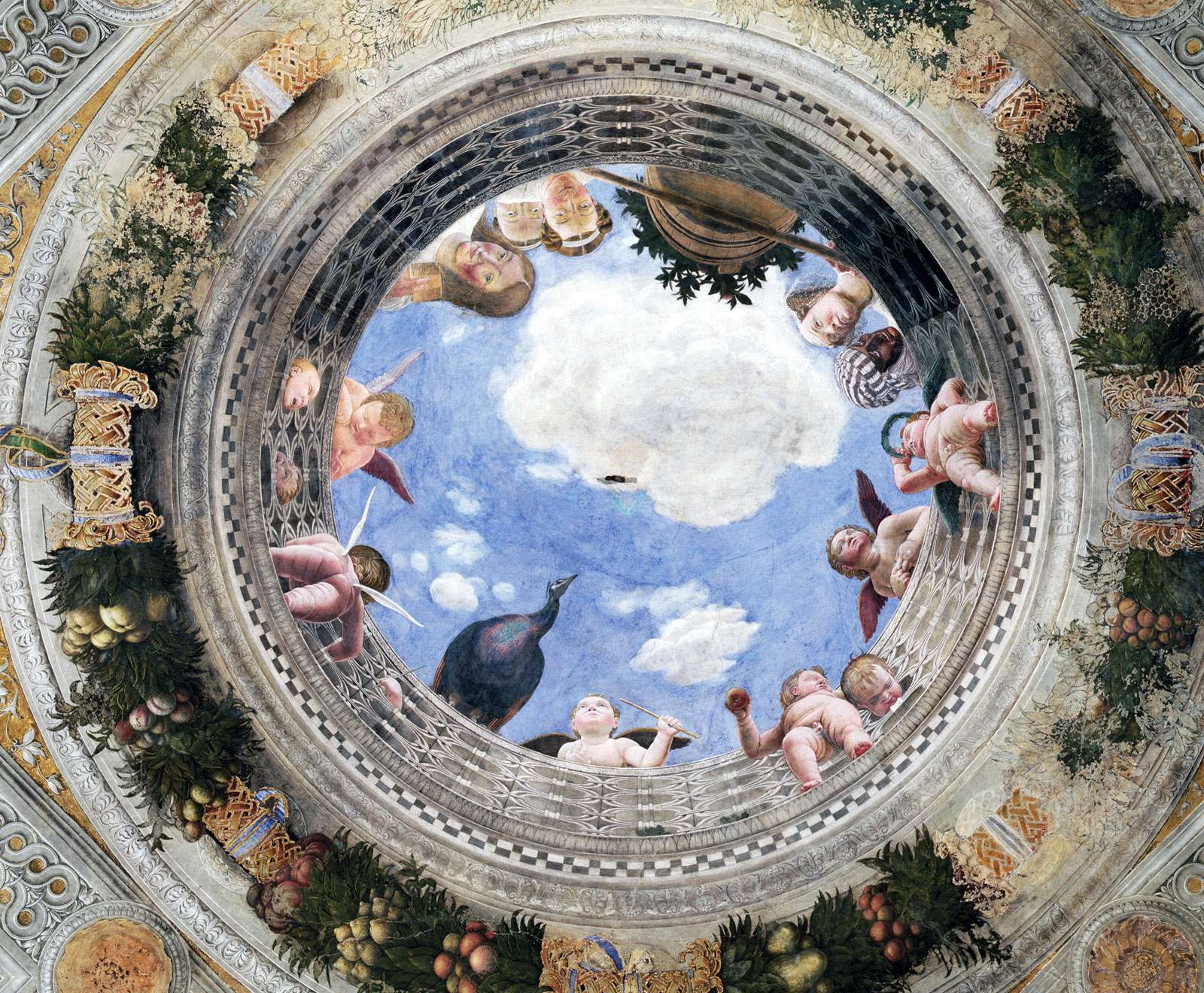
Andrea Mantegna, Camera degli Sposi (Bridal Chamber) at Ducal Palace, Mantua, Italy, fresco, 1465-1474. 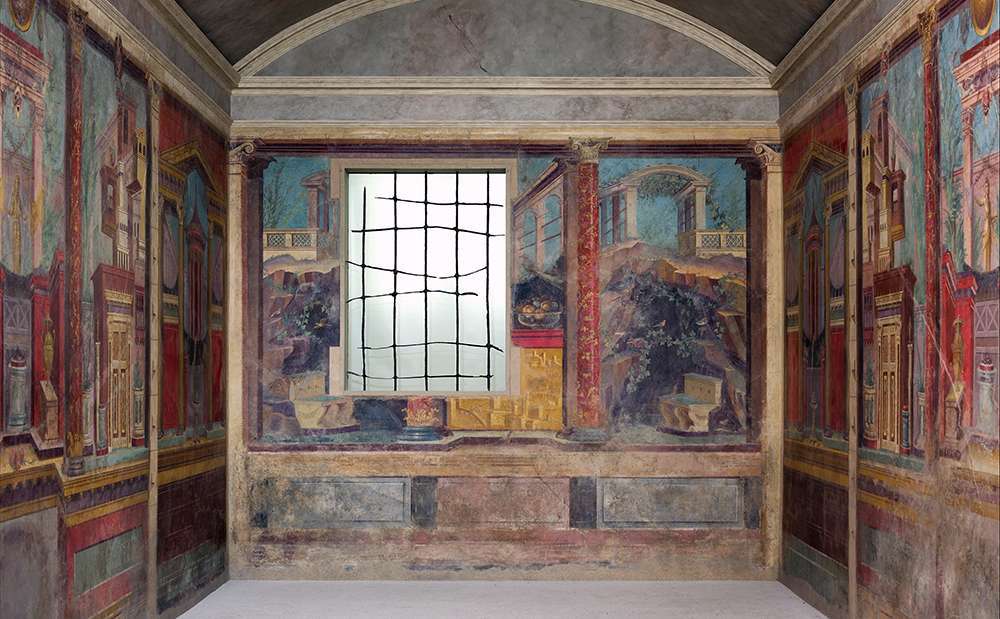
Example of Second Style painting, cubiculum (bedroom), Villa of P. Fannius Synistor at Boscoreale, fresco, 50–40 B.C.E. 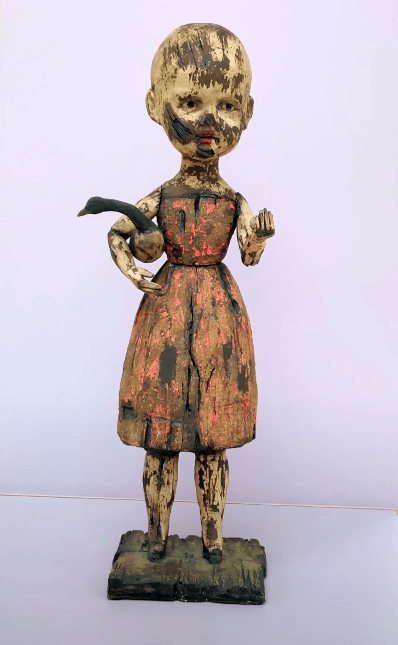
Margaret Keelan, Girl with Goose, 2007. Clay, stains. 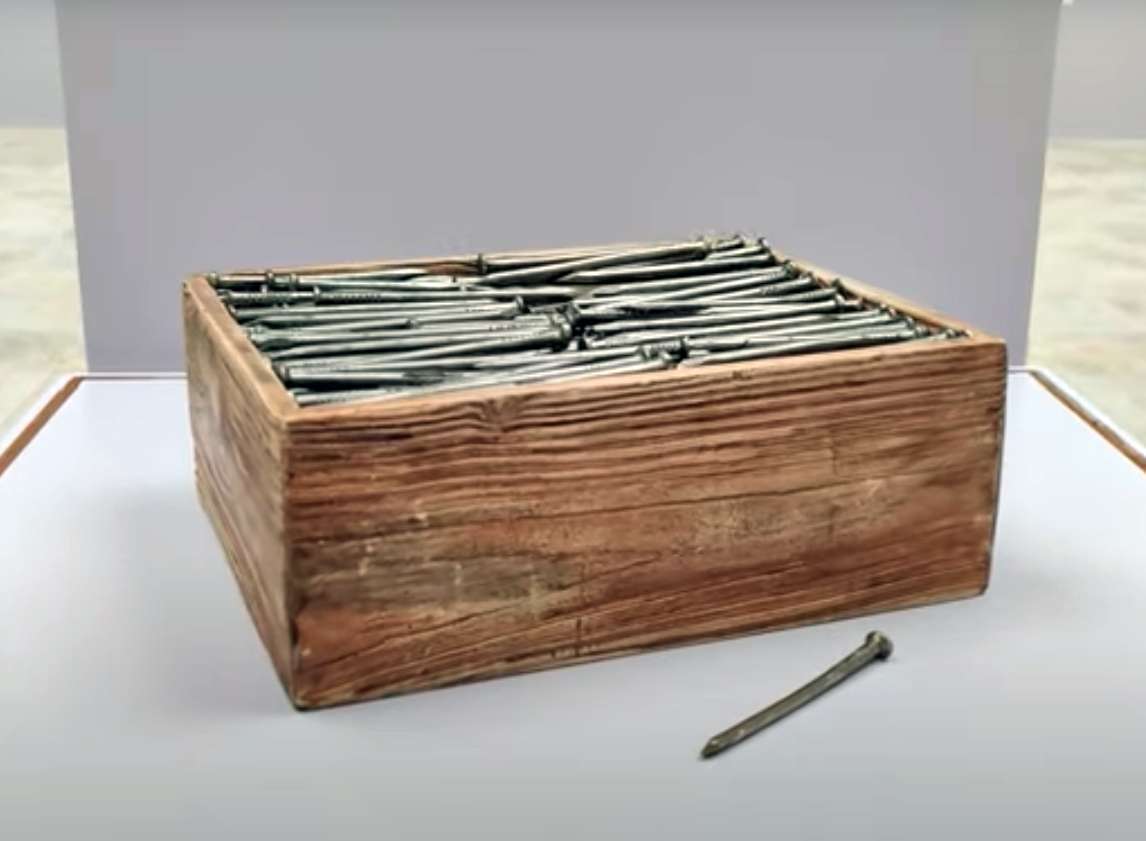
Victor Spinski, Box of Nails, c. 2000. Ceramic lusters, and decals. 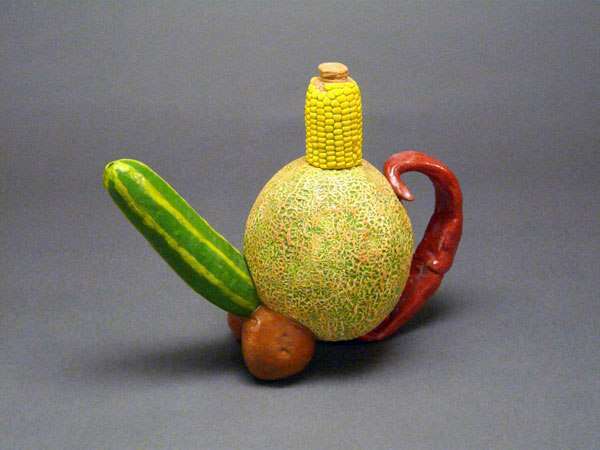
David Furman, Spudnutz Goes Vegetarian, 2000. Ceramic. 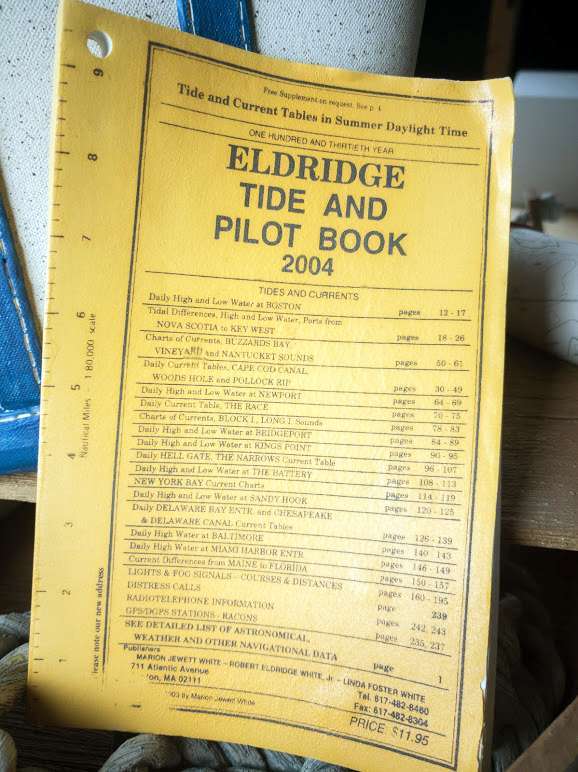
Sylvia Hyman, Buzzards Bay (detail) 2005. Porcelain, stoneware, glazes and decals.
Alyson Brandes is a graduate of Chapman University and a 2020 Getty Marrow Undergraduate Intern at AMOCA. During her internship, Brandes writes periodically for AMOCA.org, and posts on Instagram and Facebook on Tuesdays. Read her blog posts:
- Asco and the Hierarchies of Art
- Feminizing Brutalism: Ruby Neri and Her Giant Vessels
- The Cinematic Roots of Clay
- The Colorful World of Miss Anna Valdez
- Split Vessels: Jenny Hata Blumenfield
- The Legend of Beatrice Wood
- Nicole Seisler: Rituals, Processes and Documentation
- Ashwini Bhat
- Nancy Selvin: The Abstraction of Art History
- New Acquisitions: Trompe l’Oeil
- Kim Tucker’s “Primal Beings, Ghosts, and Human Dummies”
- Blue Boys and Farmers: Howard Kottler’s Queer Plates
- At the Center of Nicki Green
- The Legacy of Sascha Brastoff
- End of Internship Reflection
